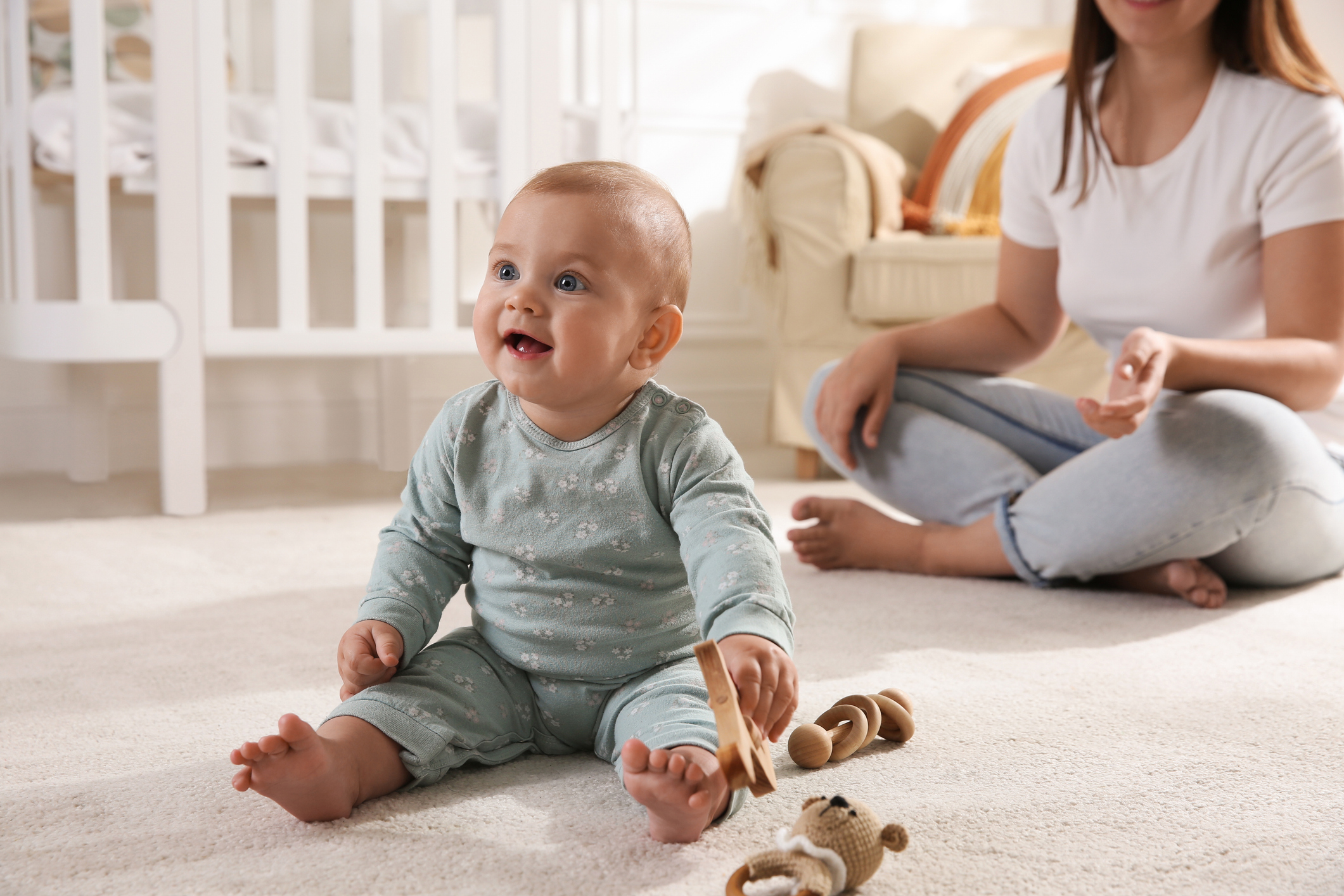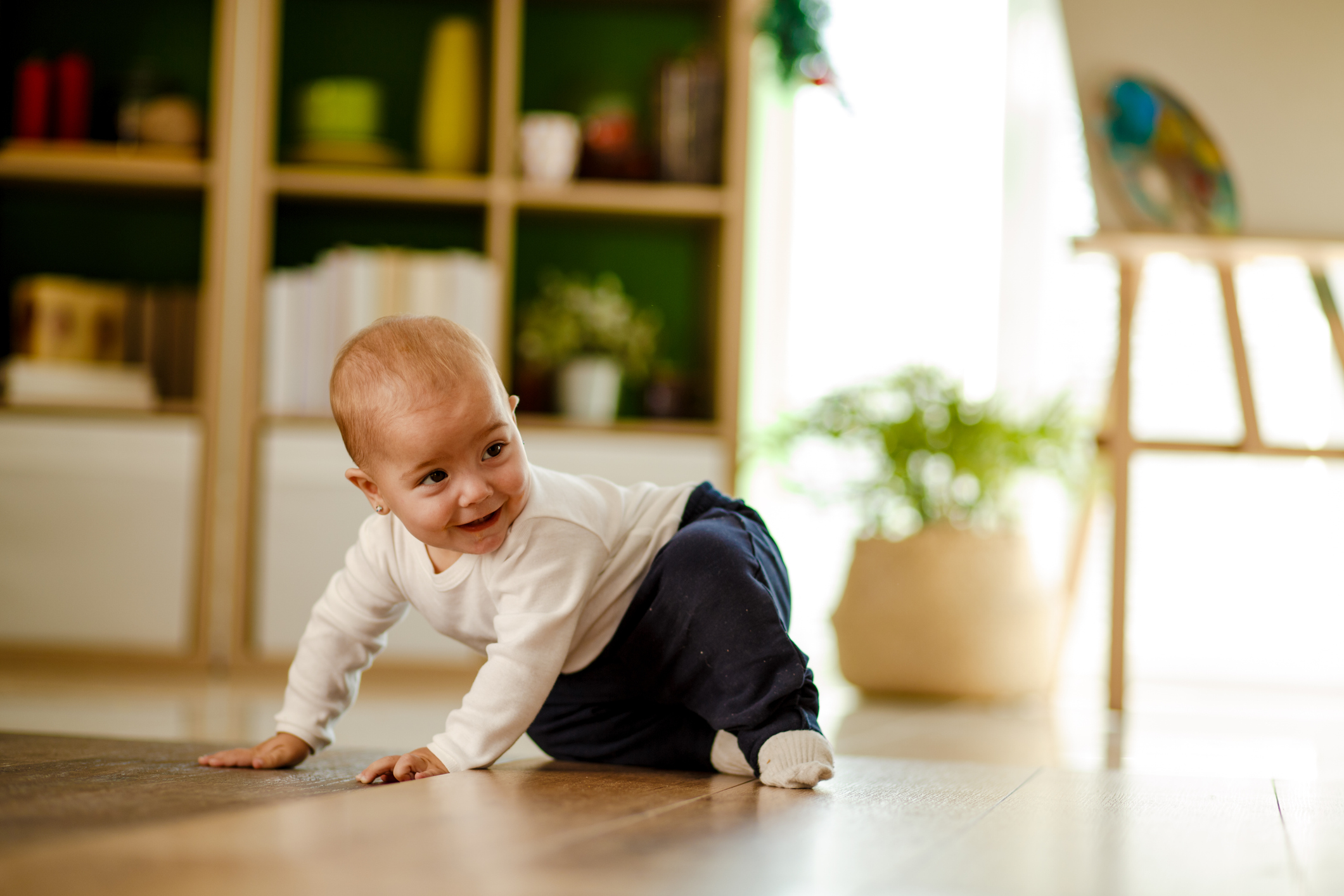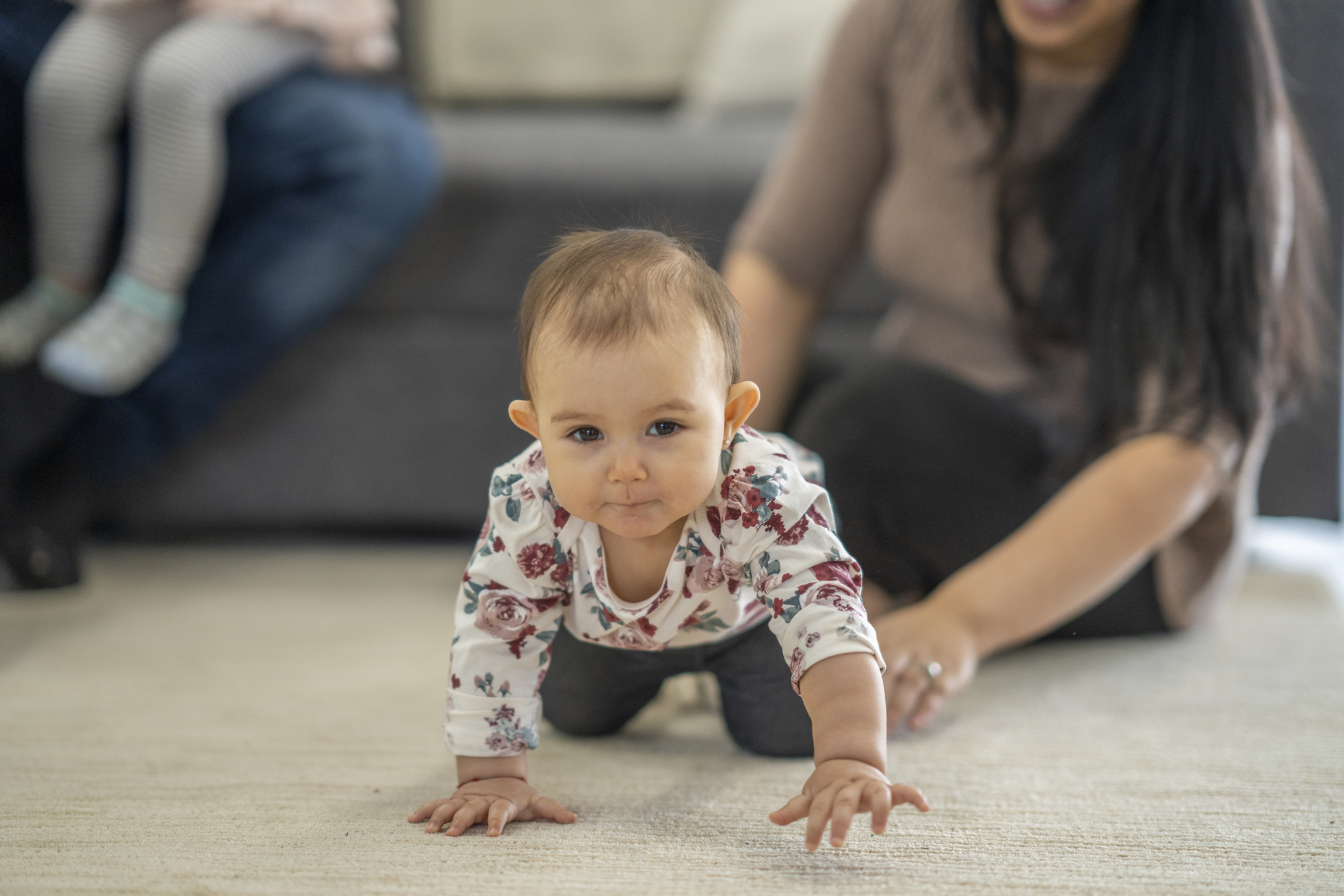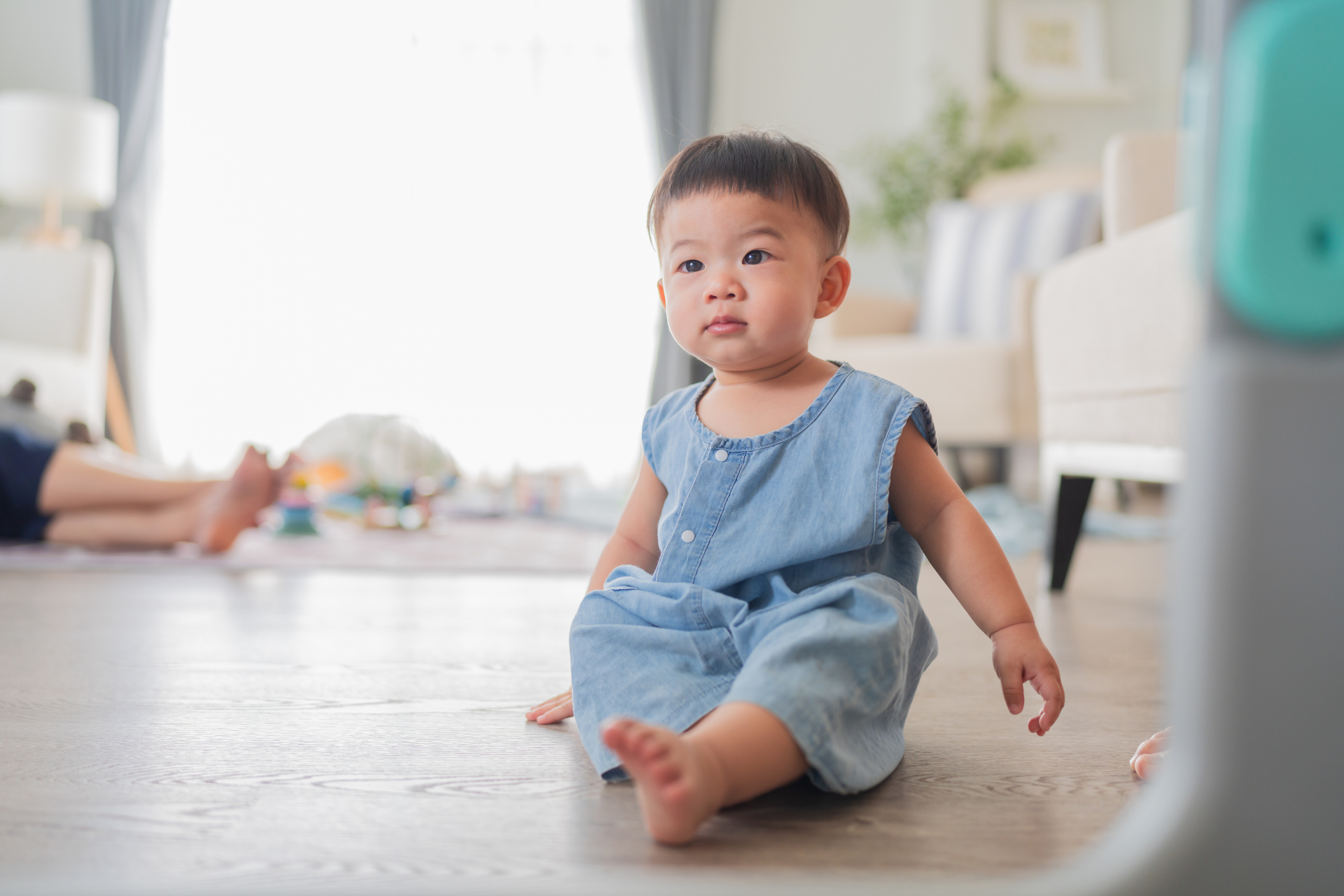Wondering when babies sit independently? When your little one is getting ready to start sitting up on their own, there will most likely be signs leading up to the big moment.
For instance, when your baby begins to roll over and scoot, watch out — because she may be sitting up soon. At 5 months, this important milestone might be right around the corner, as many babies start using their hands for support
So, when do babies sit independently?
“Milestones can vary for each child, and although typically babies can sit unsupported at six months, it can be a few months sooner or later,” New York City pediatrician Alison Mitzner, MD, told Today.com.
Here is more information about what to expect from your baby as they get ready to sit up all on their own.
How can you tell if your baby is ready to sit up?

So when do babies sit independently and take notice of the world around them? The American Academy of Pediatrics (AAP) lists some possible signs your baby may be getting to sit up on their own, which include:
- Good head control
- Can push themselves up
- Can roll over
To encourage your little one, try sitting your baby up in the “tripod” position, when your baby is sitting but using his arms for support. If he can stay upright, chances are he’s ready to sit on his own. Don’t force it, though — he may fall over if he’s lacking the strength and muscle control to sit up by himself.
There may be other negatives to sitting your baby up too soon. For instance, Washington, DC, pediatric physical therapist Rebecca Talmud told Healthline that placing babies in a seated position too early — or for too long — can interfere with the development of other skills, like body and head control.
How to help your baby sit up

If you’re sensing that your baby is ready to sit up, there are some things you can do to help them along. First things: Be patient. Sitting independently is a new skill for a baby that requires weight shifts and is a test of balance control, so take it slow.
In addition to patience, here are some other ways to help your baby learn to sit up:
- Follow your baby’s lead. Stay by your baby’s side, but let them do what is comfortable and resist the urge to always prop her up. “It’s important for babies to also learn how to get into sitting by themselves, so give them the chance to learn,” Mitzner told Today.com.
- Encourage more floor time. Whenever possible, choose floor time over a baby seat or a bouncer. Floor play several times a day with her favorite age-appropriate toys can provide a feeling of independence and encourage babies to take the leap toward sitting up. Experts consider tummy time an important building block for sitting.
- Support them (literally). During story time and while singing songs, try this position: Sit your baby on your lap or between your legs while on the floor. Your baby may start to associate these enjoyable times with being in a sitting position.
- Pad their fall. Once your baby seems to be able to sit up for short periods, place pillows and padding around her — always on the floor, never on a bed or other raised surface — while you supervise her play and gauge if she’s adapting to being in an upright position. The extra protection can also provide excellent cushioning if your little one topples over as they learn to sit independently.
Recognizing baby developmental delays

Keep in mind that babies hit milestones at different times, so if your little one is reluctant or slow to sit, don’t worry. Sometimes, obsessing over timelines can put unneeded stress on you and your child.
“I deleted all my tracker apps and committed myself to helping my son learn what he needed to learn, when he wanted to learn it,” Jennifer Thomé previously told Mom.com. “When he finally stood up and started walking, it was an amazing surprise, rather than an event that had run late.”
However, noticing if your baby is unusually behind in hitting certain markers is important in catching possible developmental delays early. If your baby isn’t sitting on his own by nine months, you should contact your pediatrician, as this may indicate a motor skill delay.
According to HealthyChildren.org, some other possible signs of a delay include:
- Poor head and neck control
- Muscle stiffness or floppiness
- Only reaches with one hand over another
- Does not reach or bring objects to mouth
- Swallowing difficulty
- Body posture that is limp or awkward
Keeping your baby’s scheduled well-checks can help both you and your baby’s healthcare provider identify any potential issues, but also be sure to address any concerns you might have about your baby’s development.
Sitting safely: the rules

When your baby is sitting up, it’s a whole new world. Follow some safety precautions to keep the little one safe:
- Make sure to only practice sitting while on the floor, preferably on a carpet or mat.
- During these practice times, stay clear of tables or other furniture or objects with sharp edges.
- Remember that your baby is top-heavy, and if she falls, she’s likely to fall headfirst.
- Keep close to your baby at all times as they learn, just in case.
- Your baby now has access to things that may have been out of reach, so make sure to keep choking hazards and dangerous materials away from the baby’s sitting area.




